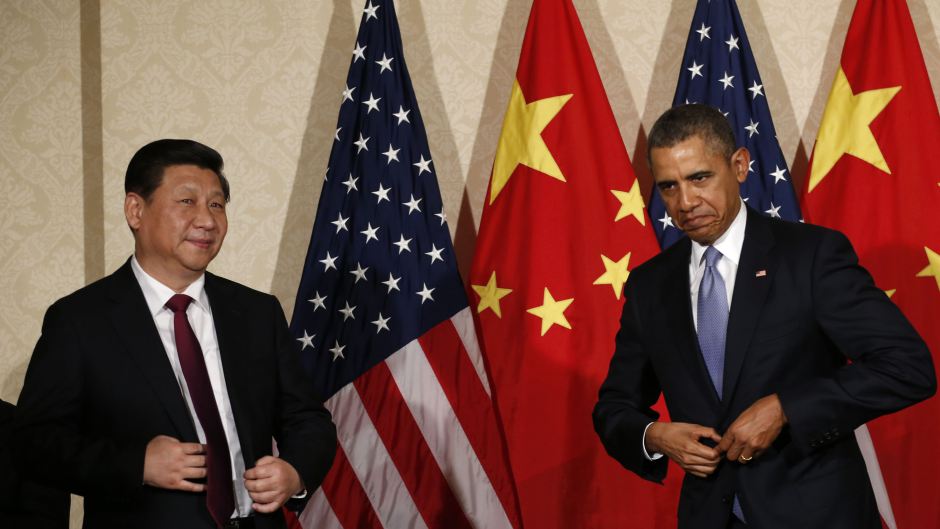The Chinese takeover of the world, is a rhetoric that has become common in the west in recent years and though the Chinese show no such intentions at present the west seems keen on the reality of this.
Peter Nolan, professor of Chinese development at the University of Cambridge is a man who knows more about Chinese companies and their international competition than possibly anyone else.
He argues after the fall of the Soviet Union, transition experts like Jeffrey Sachs began warning China about the incompatibility of the Communist Party with the market economy.
Yet the Chinese Communist Party today is not only alive and kicking but also overseeing the country’s spectacular rise that has seen it become the second largest economy of the world in a very short span of time.
And such has been China’s rise that the influential Western media is now busy churning out story after story about the threat of the Chinese buying up the world, be it the huge Western firms, African energy resources or Latin America’s natural resources.
Peter Nolan’s book ‘‘Is China buying the world,’’ contains a wealth of information and insightful analysis to show that the shopping spree is more noise than news.
Of course, China possesses in its coffers the world’s largest foreign exchange reserves. However only one-fourth of America’s externally-held debt is owned by China. But this is only 12 per cent of America’s publicly held debt and eight per cent of its publicly and non-publicly held government debt.
The so-called Beijing Consensus is still no match for the Washington Consensus. Even if China has money, it still faces some insurmountable barriers to entry in the Western world.
In the globalised economy, there is no such thing as a level playing field. First, three decades of intense globalisation has led to very high levels of concentration. To give only two out of the many examples in the book: 80 per cent of the global production of industrial gases is in the hands of only three firms and 75 per cent of the supply of braking systems for large commercial aircrafts is controlled by only two firms.
Most of the concentration occurs in what Nolan calls “superior technologies”. A small number of system integrators atop the global value chain control 50 per cent of the world market. Second, the top 100 firms control 60 per cent of research and development (R&D) spending, giving them an immense competitive advantage.
Among the top 500 global firms listed in the Financial Times, there are only 79 firms from low and middle income counties, which mostly consist of banks and state-owned entities, which are all users rather than producers of high technology.
The Foreign Direct Investment (FDI) from developing countries has increased, but an overwhelming proportion of it is from firms with headquarters in developed countries. China heads this list of developing countries, but it is still far from catching up with the developed countries. Its income per capita is only 16 per cent of the figure for developed countries.
No Chinese firm is among the top 100 firms in terms of R&D spending. In terms of FDI, Chinese investment in developed countries is very small compared with FDI coming into China. Attempts to acquire Western assets have mostly failed.
Western countries are more into China than China is into them. “China has not yet bought the world and shows little sign of doing so in near future”, concludes Peter Nolan.
The world must stop bickering over the so called Chinese takeover and understand that Chinese are just a group of people who are trying to solve their economic woes through increased exports and unfortunately for the world their costs of production are lower than others, helping them in cutting out others.

